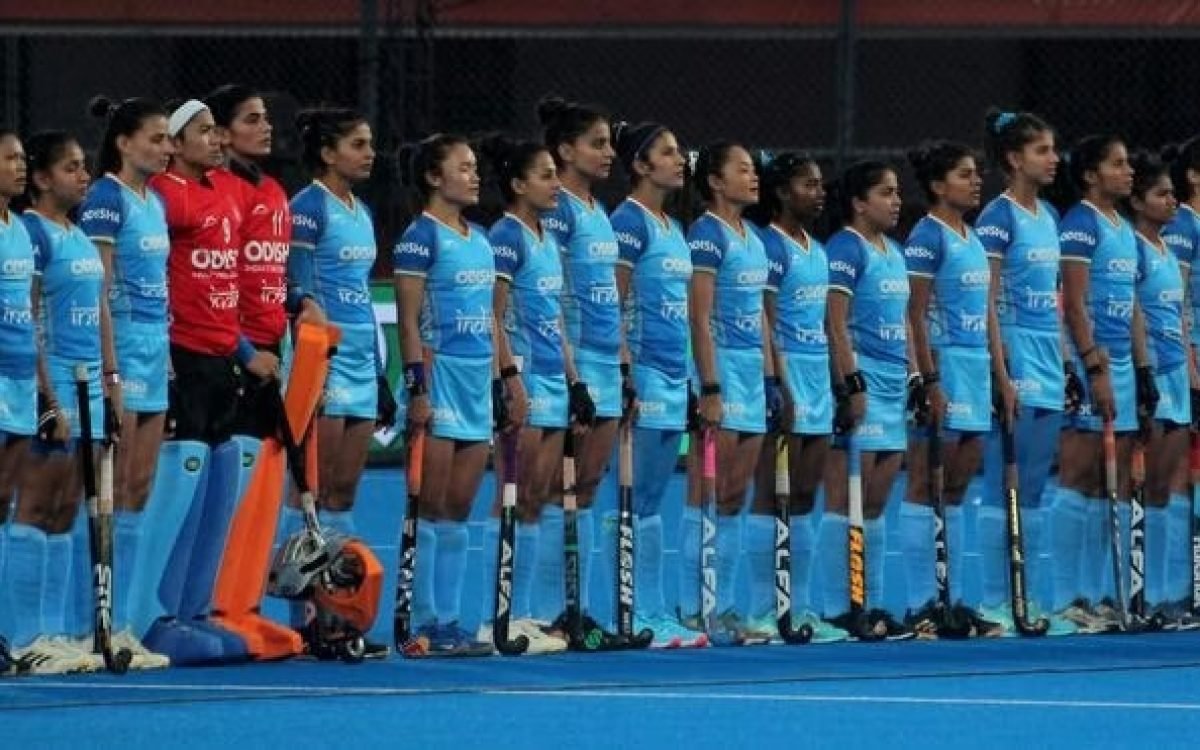The Indian women’s hockey team’s relegation from the FIH Pro League was officially confirmed on Sunday, marking a disappointing end to their 2024–25 campaign. Their fate was sealed even before the final whistle of their last match against China, after Germany defeated England 4-2, effectively extinguishing India’s mathematical chances of survival.
With just 10 points from 15 matches, India found themselves at the bottom of the table among the nine competing nations. A series of missed chances, strategic missteps, and growing inconsistency plagued their season, making their relegation a reflection of deeper concerns that demand immediate attention.
A Season Defined by Inconsistency and Missed Opportunities
India’s 2024–25 campaign began with optimism. There were flashes of potential early in the season, but they were quickly eclipsed by a series of narrow losses and underwhelming performances. While the team showed grit in patches, the overall lack of consistency was stark.
The team managed just two wins out of their 15 matches. In contrast, seven losses and multiple draws highlighted their inability to close out tight games. Penalty corner conversions remained poor, and an unsettled defensive line often faltered under pressure from top-ranked teams.
Dependence on a Few Stars
India’s reliance on a few experienced names like Savita Punia (goalkeeper), Vandana Katariya, and Navneet Kaur became evident as the tournament progressed. While these stalwarts performed admirably, the support from the younger squad members was inconsistent.
There was hope surrounding players like Salima Tete and Lalremsiami, but the team’s overall synergy was lacking. The midfield often looked disconnected from the forward line, and transitions from defence to attack were sluggish — a critical issue when facing high-tempo teams like the Netherlands, Argentina, or Germany.
Coaching and Tactical Struggles
Head Coach Janneke Schopman, who had previously guided India to strong Olympic and World Cup performances, found herself in increasingly difficult terrain this season. Her tactical approach — based on building attacks through structured possession and calculated overlaps — didn’t quite translate against higher-ranked, faster teams who pressed aggressively.
In many matches, India’s formations were broken down early, leading to defensive errors and exposure on counterattacks. The inability to switch tactics mid-match became a recurring weakness, which opposition teams capitalized on.
Low Conversion Rates: A Glaring Weakness
One of the most troubling statistics for India this season has been their penalty corner and field goal conversion rate. Despite earning a fair number of penalty corners across matches, the success rate remained abysmally low.
Drag-flick specialists failed to deliver under pressure, and rebounding opportunities inside the D were rarely capitalized upon. The lack of a clinical finisher in front of goal meant that even well-constructed attacking moves often went unrewarded.
Comparing to Past Seasons
India had made steady progress over the last five years, rising through the ranks and earning praise for their performances at the Tokyo Olympics, Asia Cup, and the FIH Nations Cup, which secured their spot in the Pro League. Their 2023–24 debut season, although challenging, showed promise.
However, the 2024–25 season starkly contrasted that progress. While other teams evolved tactically and physically, India seemed to stagnate, falling behind in fitness levels, pace, and positional discipline — all crucial components of modern international hockey.
The Final Blow: Germany vs. England
India’s last thread of hope hinged on an England victory over Germany in the latter stages of the league. A win for England would have opened a narrow mathematical window for India to survive. But Germany’s commanding 4-2 win on Sunday erased that final chance, confirming India’s relegation even before their concluding fixture against China.
This result was a hard blow, not just symbolically but also structurally, as it now forces the Indian team to exit one of the top tiers of global hockey competition.
What Relegation Means for India
India’s relegation from the FIH Pro League is more than just a step down in the global rankings. It has far-reaching implications:
Reduced exposure to top-tier international competition Limited opportunities for high-intensity match practice against the world’s best Impact on FIH ranking points and future qualification scenarios Psychological setback for a team that was building a new identity
It also means India will now have to battle in lower-tier tournaments such as the FIH Nations Cup to fight for requalification — a road that is competitive and uncertain.
Where Do We Go From Here?
If there’s a silver lining to this relegation, it’s the opportunity to rebuild. Indian hockey authorities, coaches, and stakeholders must treat this setback as a wake-up call. The structure of women’s hockey in India — from grassroots development to high-performance centers — needs a revamp.
Investment in:
Specialist coaching (especially for penalty corners and finishing) Fitness and recovery programs Tactical flexibility and simulation training Mental conditioning and game temperament
will be crucial in preparing the team to re-enter the Pro League and compete at the highest level again.
Conclusion Without Headline
India’s relegation from the FIH Pro League is a significant moment — one that reflects both the rapid evolution of international women’s hockey and the need for India to adapt to stay competitive. The season was a tough lesson, but it also offers a roadmap: develop depth, retool tactics, invest in youth, and build a system where such setbacks become stepping stones rather than final chapters.
The Indian women’s team has risen from difficult situations before. With the right support and direction, they can — and must — rise again.






